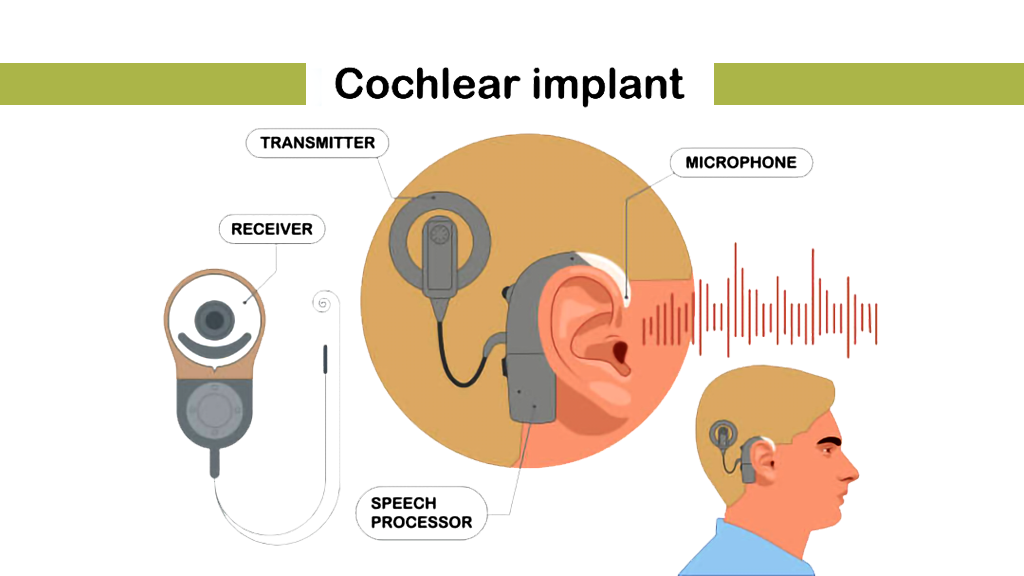
Task-oriented Approach is an evidence-based approach focusing on improving functional abilities through goal-driven and real-world activities. It is widely used in rehabilitation, occupational therapy, and special education to help individuals develop and refine essential skills. By focusing therapy sessions around meaningful tasks, individuals can experience measurable progress, stay motivated, and achieve practical outcomes. This blog explores the core principles of Task-oriented approach, its benefits, methods of tracking progress, and strategies to ensure achievable results. Whether applied in rehabilitation, speech therapy, or developmental therapy, Task-oriented approach offers a structured framework for improvement.
Understanding Task-Oriented Approach
Task-oriented approach is based on the principle that people learn and retain skills best when directly related to real-life tasks. Instead of isolating movements or cognitive functions, this approach integrates therapy into everyday activities.
Key Principles of Task-oriented Approach
- Goal-Driven Approach – Therapy sessions are balanced around specific, functional tasks that align with the individual’s needs and daily activities.
- Active Participation – The individual plays an active role in the therapy process, making it more engaging and effective.
- Task-Specific Training – The focus is on practicing tasks that are relevant to real-world scenarios, such as grasping objects, speaking in conversations, or walking independently.
- Repetitive and Adaptive Practice – Frequent practice with variations helps reinforce learning and adaptation.
- Motor Learning and Neural Plasticity – Encourages the brain and body to reorganize and adapt to improve skills over time.
Benefits of Task-oriented Approach
- Enhances Functional Independence: By focusing on daily tasks, individuals improve their ability to perform essential activities like dressing, writing, or social interactions.
- Improves Motivation and Engagement: Since therapy is directly related to real-life needs, individuals find it more meaningful and are more likely to stay committed.
- Supports Faster Skill Acquisition: Task-oriented approach promotes hands-on practice, helping individuals acquire and refine skills at a faster pace.
- Encourages Problem-Solving and Adaptability: Therapists guide individuals through different scenarios, helping them develop strategies to handle challenges effectively.
- Strengthens Motor and Cognitive Skills: This approach integrates movement, cognition, and decision-making, which improves overall brain-body coordination.
Tracking Progress in Task-oriented Approach
Measuring progress is essential to ensure the effectiveness of therapy. Here are key methods for tracking improvements:
- Setting Clear and Achievable Goals: Establishing SMART (Specific, Measurable, Achievable, Relevant, Time-bound) goals ensures a structured approach to therapy. Breaking down complex tasks into smaller steps makes progress more manageable and achievable. Regularly adjusting goals based on individual progress and challenges keeps therapy effective and motivating.
- Assessment Tools: Conducting evaluations provides objective progress data. Standardized assessment scales track motor, cognitive, and speech skills. Comparing results over time refines intervention strategies.
- Observational Tracking: Documenting session performance offers valuable insights. Identifying progress patterns helps adjust therapy plans. Combining qualitative observations with data ensures comprehensive tracking.
- Digital Therapy Tools: Platforms like XceptionalLEARNING enhance progress monitoring. Digital reports offer real-time performance tracking. AI-driven insights personalize therapy plans for better outcomes. Digital Activity Book provides engaging, interactive exercises that support skill development in speech, motor, and cognitive areas. Its structured activities help reinforce therapy goals, making learning enjoyable and effective.
- Caregiver Involvement: Encouraging caregivers to observe and record progress strengthens therapy continuity. Providing structured guidelines ensures effective at-home practice. Collaboration between therapists and families creates a supportive environment.
- Self-Monitoring: Teaching individuals to track their progress helps independence. Using journals, videos, or progress charts helps visualize improvements. Recognizing achievements boosts motivation and engagement.
- Feedback & Adjustments: Regular progress reviews ensure therapy stays on track. Necessary modifications address evolving challenges and needs. Celebrating milestones reinforces motivation and sustained effort.
Strategies for Driving Achievable Results
- Individualized Therapy Plans: Each person’s needs and abilities differ, requiring personalized therapy plans.
- Example: XL Platform tailors therapy activities for children with speech delays by focusing on their specific language needs, helping them make progress at their own pace.
- Breaking Down Tasks into Manageable Steps:: Complex tasks should be divided into smaller, achievable components.
- Example: Instead of expecting a child to write a full sentence, start with letter formation, then move to writing words, and eventually combine them into sentences.
- Integrating Real-Life Scenarios: Therapy should mimic real-world situations to make learning more engaging.
- Example: In occupational therapy, a child may practice using utensils during mealtime or organizing their school supplies to build daily living skills.
- Providing Immediate and Constructive Feedback: Timely feedback helps individuals adjust and stay motivated.
- Example: After completing a motor coordination task, a therapist can immediately offer positive feedback and guidance to refine the technique, enhancing the child’s confidence.
- Encouraging Consistency and Routine: Regular practice is crucial for steady progress.
- Example: A child working on fine motor skills might practice using scissors for 10 minutes every day, helping them gradually improve their dexterity and control.
The Role of Technology in Task-oriented Approach
- Digital Activity Book for Structured Learning: Digital therapy tools, like XceptionalLEARNING’s Digital Activity Book, offer interactive exercises that help with individual learning progress.
- Virtual Therapy Platforms: Online therapy services allow therapy sessions to be conducted remotely, ensuring continuity, especially for individuals who cannot attend in-person sessions regularly.
- Example: Children with speech delays can access speech therapy via video calls, allowing therapists to assess and guide progress from home.
- AI-Powered Progress Tracking: AI-driven platforms analyze performance data, providing actionable insights for therapists to refine intervention plans effectively.
- Example: An AI system might track a child’s motor skills over several sessions, identifying areas of improvement and recommending adjustments to the therapy plan for better results.
- Interactive Digital Tools: Interactive apps and games integrate therapeutic activities, making learning fun and motivating.
- Example: Children working on cognitive skills can use gamified apps that reinforce tasks like memory recall or problem-solving, keeping them engaged while they improve.
- Real-Time Monitoring and Feedback: Digital therapy platforms enable real-time monitoring of an individual’s performance, providing instant feedback to adjust therapy plans.
- Example: A motor skills app can give immediate feedback on posture or movements, helping users make corrections right away, and improving efficiency in therapy.
- Collaboration and Communication Tools: Technology enables seamless collaboration between therapists, caregivers, and educators.
- Example: A shared digital platform allows caregivers to track daily progress and share insights with therapists, ensuring a consistent approach to therapy across different environments.
In Conclusion, Task-oriented Approach effectively promotes progress by integrating real-world tasks into therapy. Focusing on functional skills, helps individuals achieve meaningful goals. XceptionalLEARNING enhances this approach with personalized therapy plans and engaging tools like the Digital Activity Book. For more details or to begin your therapy journey, contact us today. Our specialized therapy services are designed to support individuals with unique needs, ensuring long-term success and improved quality of life.













